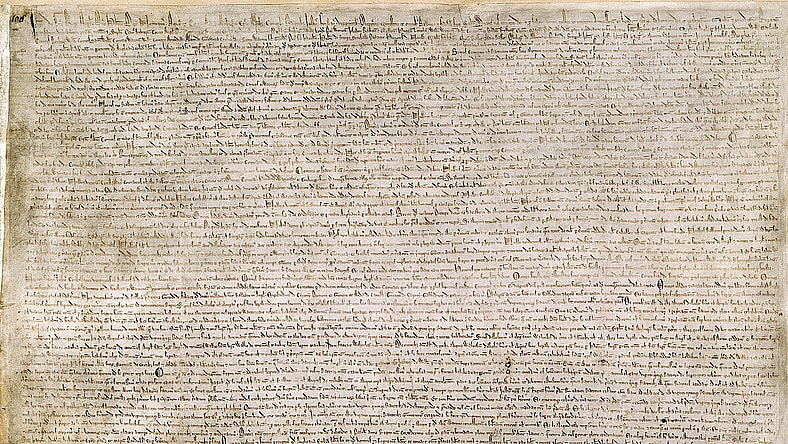
Have you ever read through famous historical documents? Not only is there power in the words that were said, but even more so in what wasn’t said on the page, the subtle inferences that lead to sometimes uncomfortable truths about our world. Over time, historians and observers have found these “hidden” meanings and messages between the printed words that later influenced the world we live in today. Check out these six hidden meanings in famous historical documents now.
6. Gettysburg Address
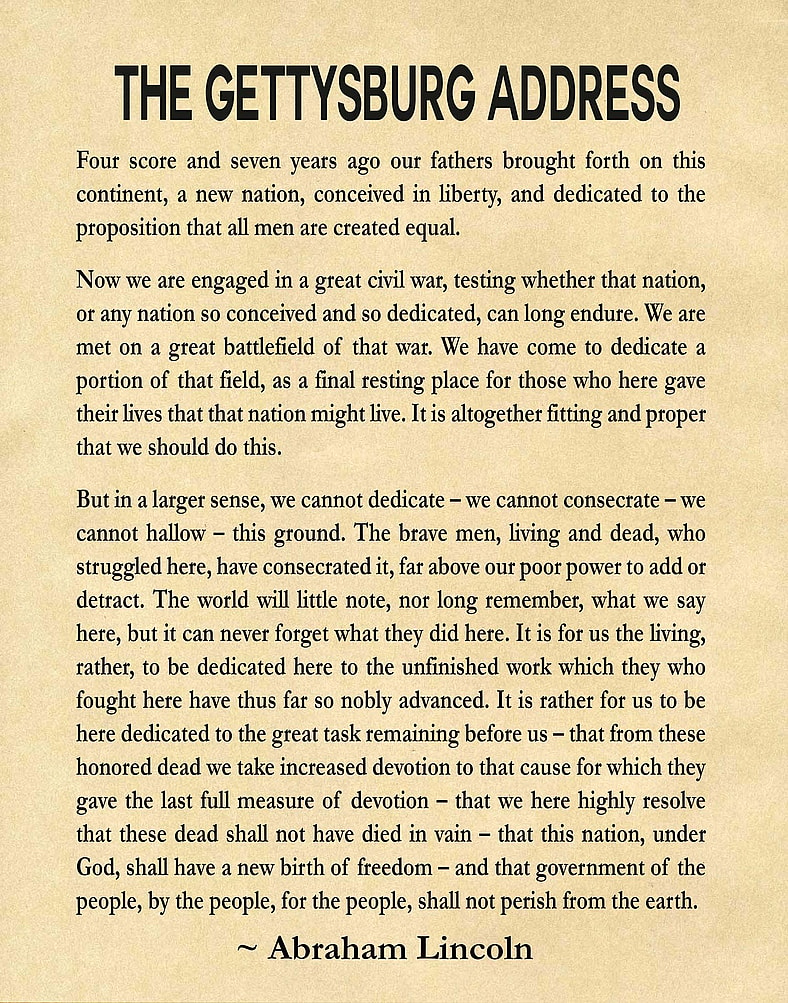
Starting our list of famous historical documents is the Gettysburg Address, spoken by Abraham Lincoln during the Civil War period. In just 272 words, Lincoln poetically rallied the United States to get rid of slavery once and for all. The most pivotal, and sometimes hidden, message is when Lincoln shifted the narrative from preserving the Union to fighting for human equality, even going back to “all men are created equal” to support his cause.
RELATED: 6 Mysterious Historical Letters with Shocking Secrets
5. Treaty of Versailles
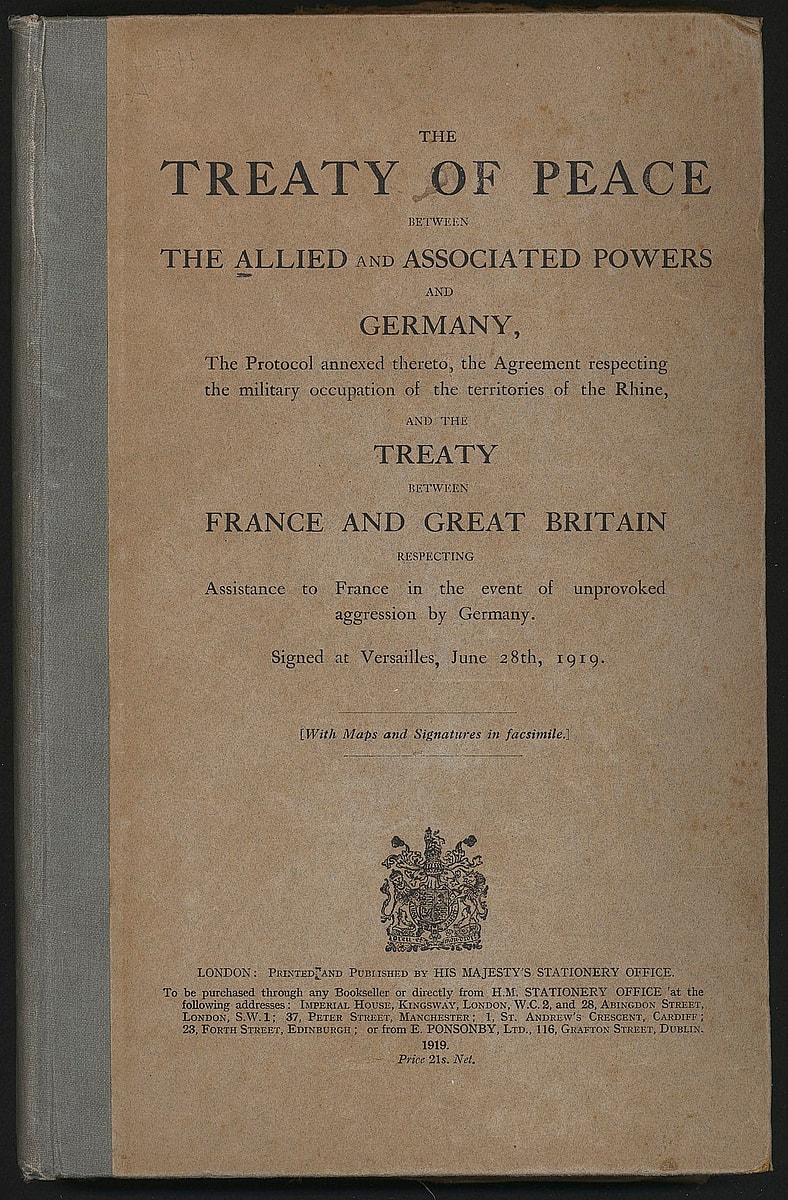
Fifth on our list of famous historical documents is the Treaty of Versailles. While the treaty ended World War I, it also sowed the seeds for an even greater conflict, World War II. The treaty imposed peace alongside harsh reparations, territorial losses, and the “War Guilt Clause” on Germany. The harsh treatment fostered resentment in the defeated countries and fueled the rise of extremist ideologies in Germany, leading to the rise of Hitler and World War II.
4. Rosetta Stone
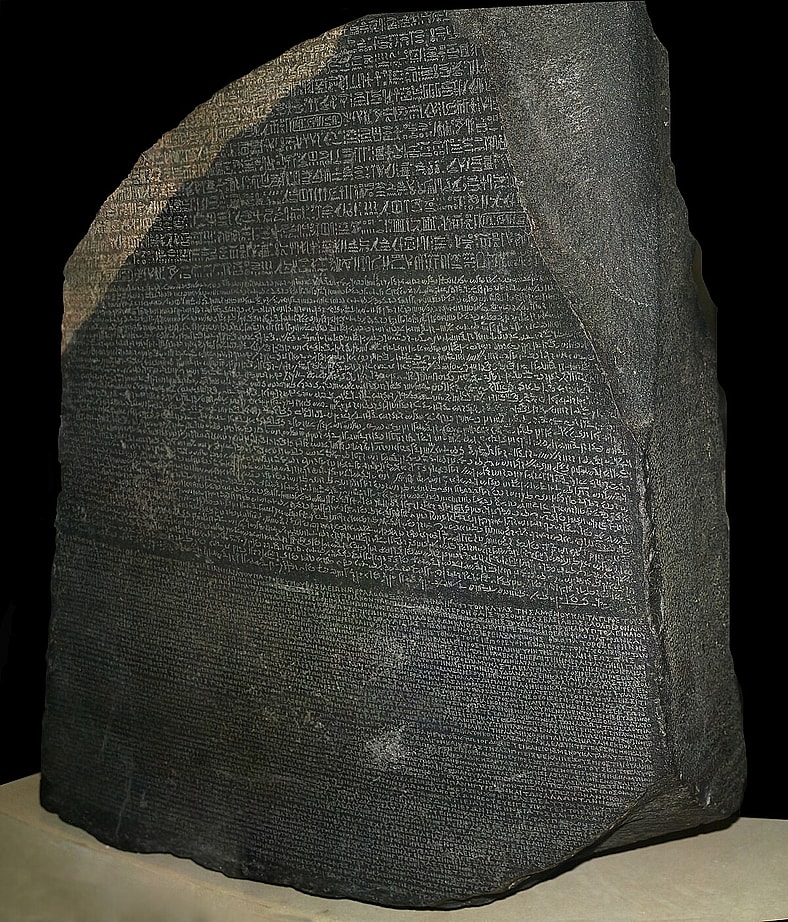
Next on our list of famous historical documents is the Rosetta Stone. While it doesn’t contain a specific secret text or message, its hidden message instead is the same text written in three different languages. The text was written in Ancient Egyptian, Demotic scripts, and Ancient Greek, which was the only one scholars could read. This led to researchers finally deciphering the long-lost language of hieroglyphics and revolutionized our understanding of the Egyptians.
CHECK OUT: Did You Know These 10 Rarest Historical Documents?
3. Da Vinci’s Notebook
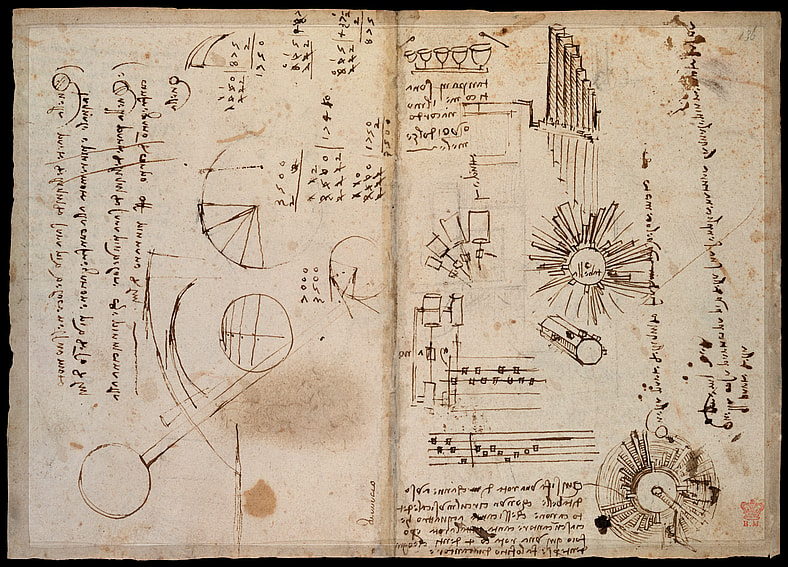
Rounding out the top three famous historical documents is Da Vinci’s notebooks. Filled with all his thoughts, Da Vinci’s notebooks are gold mines of inventions, anatomical drawings, and philosophical ideas. His hidden meaning is the way Da Vinci wrote in the notebook, using “mirror writing.” This is a script that runs from right to left, requiring a mirror to read easily. This writing style was probably due to Da Vinci being left-handed and avoiding smudging his wet ink.
ALSO READ: 6 Legendary Historical Figures Who Might Have Never Existed
2. Magna Carta

Second on the list of famous historical documents is the Magna Carta. While it may be celebrated as a universal declaration of rights, the true meaning of the document was a deal struck for rebellious barons, not a charter for the common man. The rights granted were for “free men,” but when it was written, that only constituted a small group of elite people. While the limits were eventually broadened, the document originally only applied to a small group.
1. U.S. Declaration of Independence
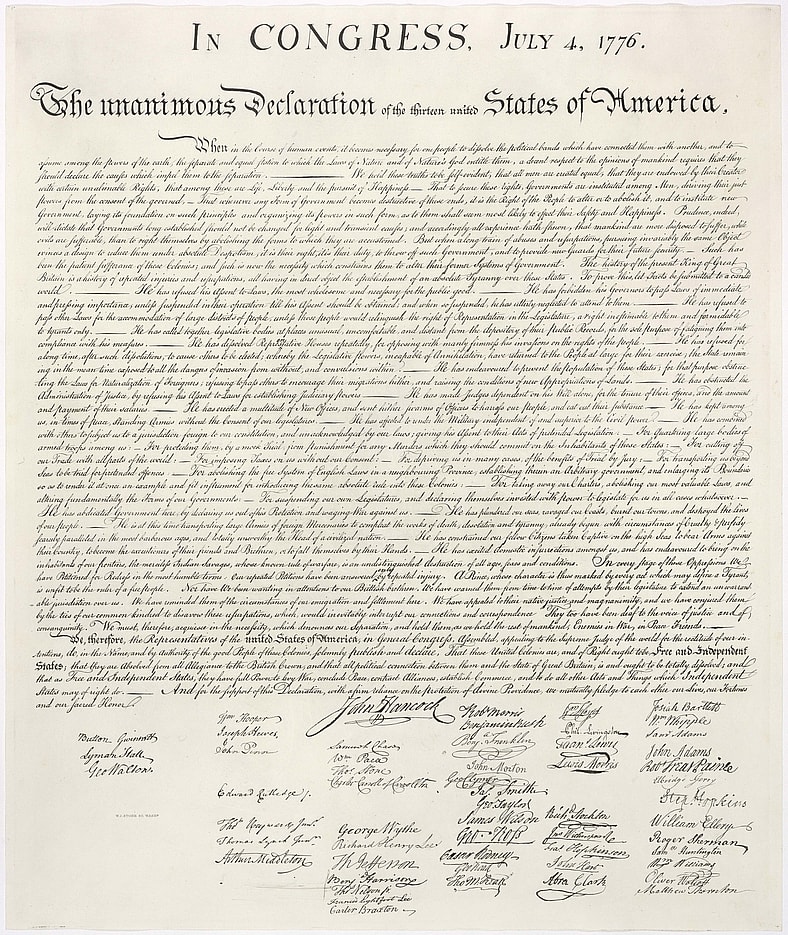
Last but not least on our famous historical documents list is the U.S. Declaration of Independence. While it may stand as a beacon for the country and the belief that “all men are created equal,” this was not the case. While the writers condemned King George III for the slave trade, this sentiment was later removed during the Continental Congress’s deliberations to keep slavery in the country. This was because of the South’s heavy reliance on slave labor to produce goods and keep the United States profitable.


